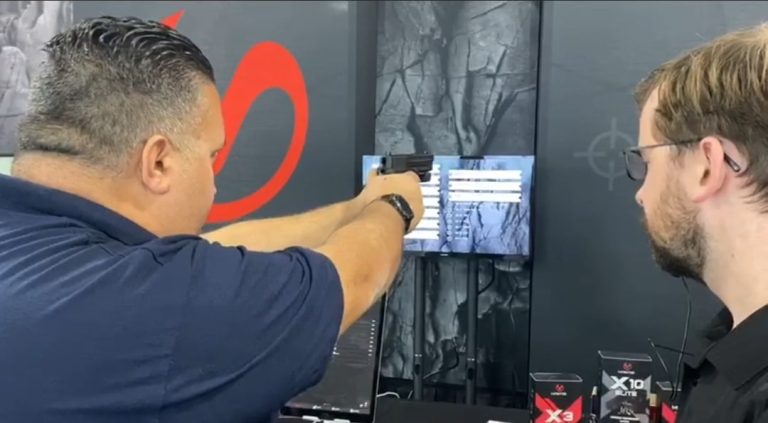
Mantis X Shooting System
Mantis X Shooting System The newest way to improve your shooting skills and follow up shots, while using your phone or tablet, all while not

Mantis X Shooting System The newest way to improve your shooting skills and follow up shots, while using your phone or tablet, all while not

United States Tactical – Elite Retention Systems Effortless, hands-free carry of weapon lessens fatigue and relieves pressure Twelve safe locking muzzle positions. Quick-draw long gun
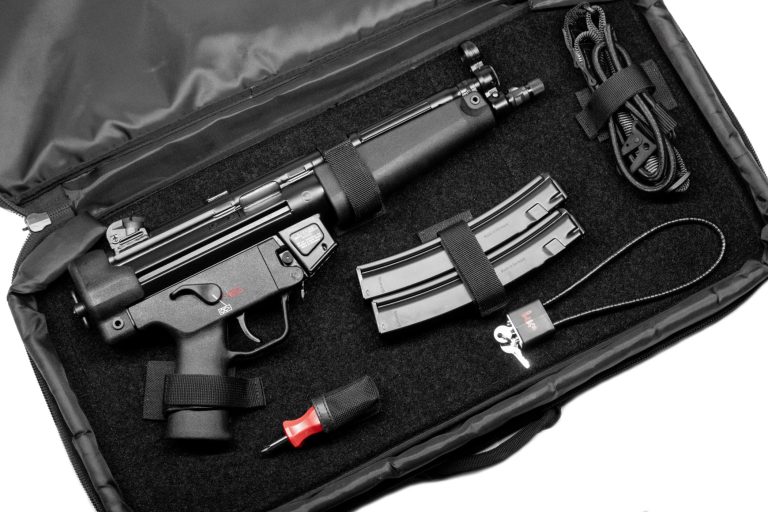
Why did Heckler and Koch release an SP5 now? What are the internals like? Is it really an all German MP5? Is there an SP5SD/MP5SD

Brian and Erik rumning the new Atlas 40cal Nemesis, Concealed Carry 9mm Nyx, and 9mm Athena from Atlas Gunworks. Check out our full review on
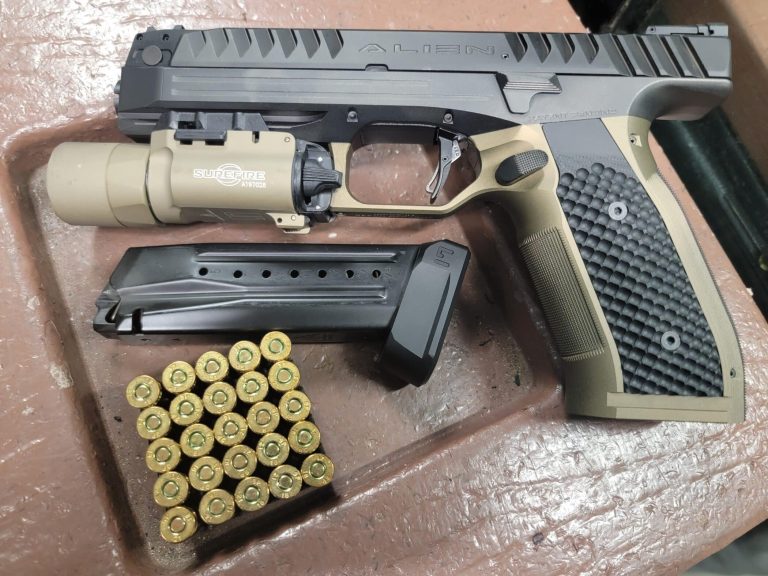
Luago Alien Pistol Breaking news from Las Vegas! Eye witness reports are flooding in with multiple confirmed cases of recovered alien technology. Experts are frantically
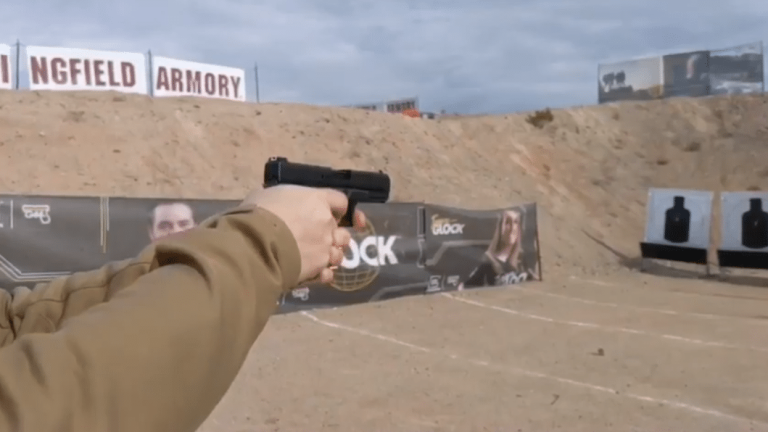
It really is too bad that Glock already consumed the model designation “22” in 1990 with the release of the Glock 22. Being a
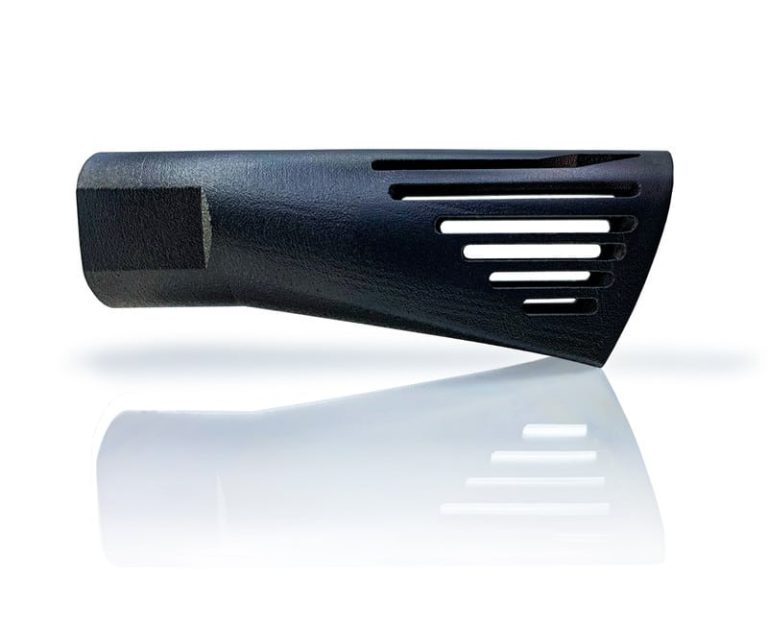
Video by Jason Mcdonald Audio by Jim Sanford
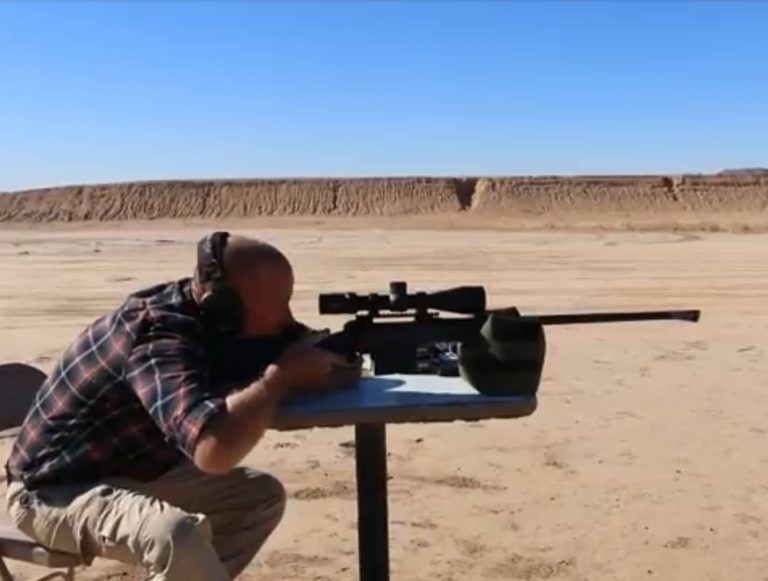
By now most of you have seen the Nero 556, Nero 9mm and Nero 762 from Walker Defense and how well they eliminate muzzle rise
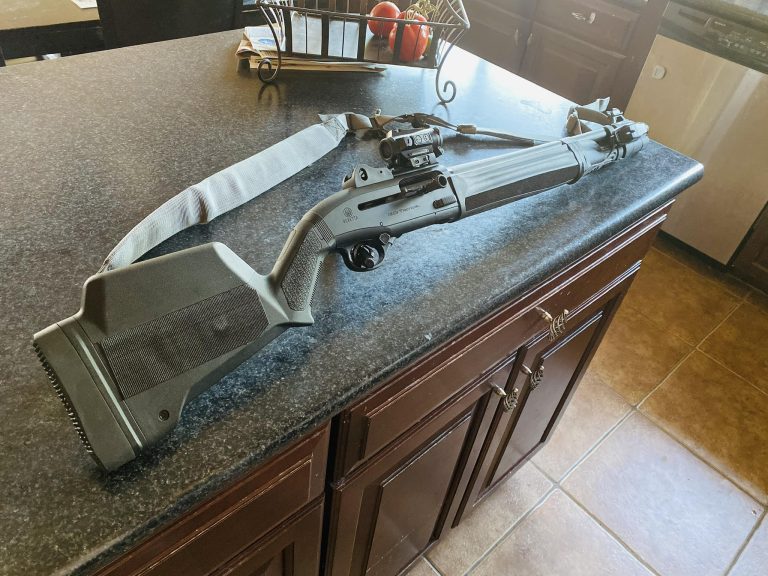
The Beretta 1301 When it comes to modern semi auto shotguns, option overload is a thing. Prices range wildly, from entry level to a mortgage

By Mike Millsap Ammunition is a crucial component in firearms, and its casing plays a significant role in determining the overall accuracy, reliability, and